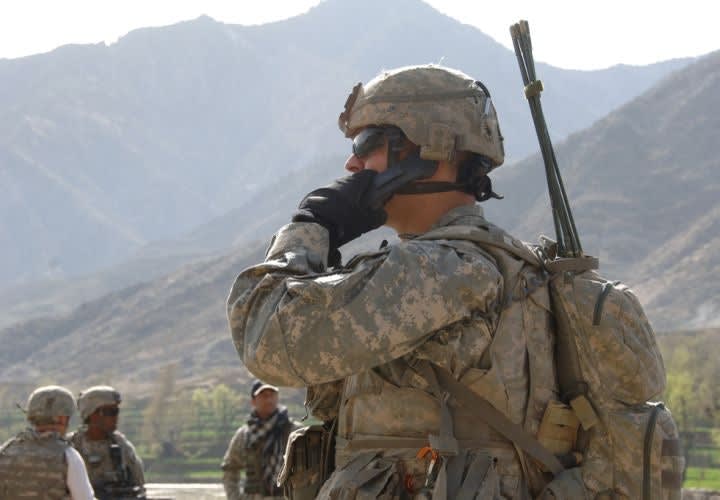Since entering the private sector, I've been struck by the vast array of command-and-control, interoperable communications, video, and data systems already in use that have direct application in public safety. Yet, these decade-old systems have not migrated to the public safety community.
I spent 34 years in a variety of positions with the LAPD before joining Raytheon Corp. to work in communications systems integration and data programs. From my new view on this side of the badge, we in public safety are erroneously resistant to adopting these more capable systems.
When I look back on my years with LAPD, guiding and negotiating use of these types of systems with private industry, our collective approach to information systems development resulted in disparate "stove pipe" solutions to a single problem. Later, as we tried to fill gaps in other technology areas, we created even more stand-alone systems with no connectivity or synergy of overall system capability.
As I've visited many fine agencies over the years to discuss communications systems advancement, I've encountered a common refrain: "We just need to solve a current problem with equipment we know and trust."
At a recent trade show, I spoke with many in law enforcement about reliance on radio towers for data systems. Based on my experience with radio systems in use by the military for more than a decade, I suggested we don't really need "towers" as public safety knows them today. In fact, migrating to new technologies could cut millions in costs for infrastructure development and maintenance. But again, I encountered hesitation about moving away from trusted equipment: "Taking my towers is like taking my gun."













